Fleece and Sherpa are two popular materials that often come up when you’re looking for cozy blankets, jackets, or winter loungewear. Both are soft, warm, and incredibly comfortable, but what exactly sets them apart?
Of course, there are clear differences between them. Fleece is a synthetic fabric made from polyester fibers. It was designed as a lightweight, warm, and alternative to wool, which makes it more affordable.
Sherpa, often referred to as “faux shearling,” is designed to mimic the texture and warmth of sheep’s wool. The name itself is originally from the traditional wool-lined garments worn by the Sherpa, people of Nepal.
What Are Their Characteristics?
To make the perfect choice, you need to understand them better. Let’s take a closer look.
- Fleece
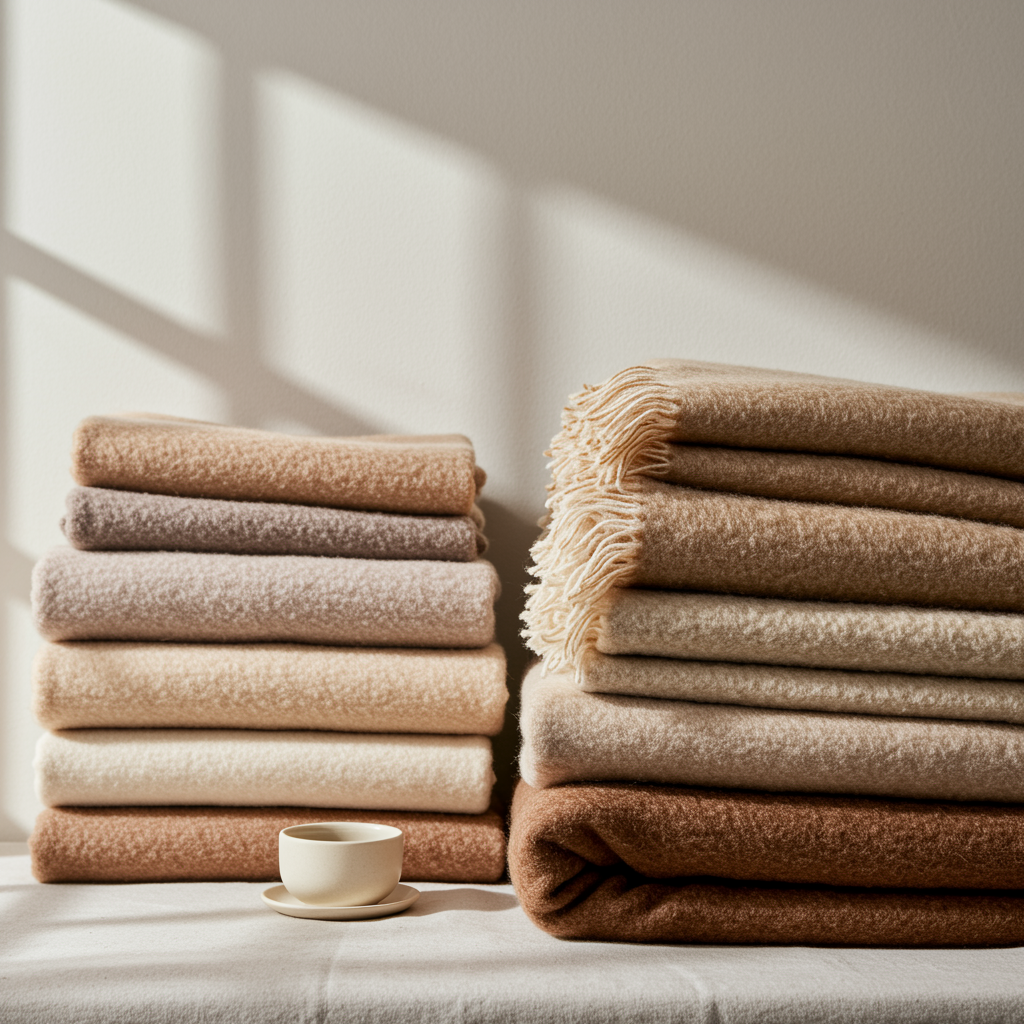
Fleece is a lightweight, breathable fabric that offers excellent warmth. It’s also moisture-wicking so that you can dry quickly. Moreover, fleece resists wrinkles and shrinkage, and many modern versions are made from recycled materials.
People often use fleece in jackets, blankets, activewear, and outer layers of clothing. Its material is ideal for dry weather, which you can wear as a mid-layer under a coat.
- Sherpa
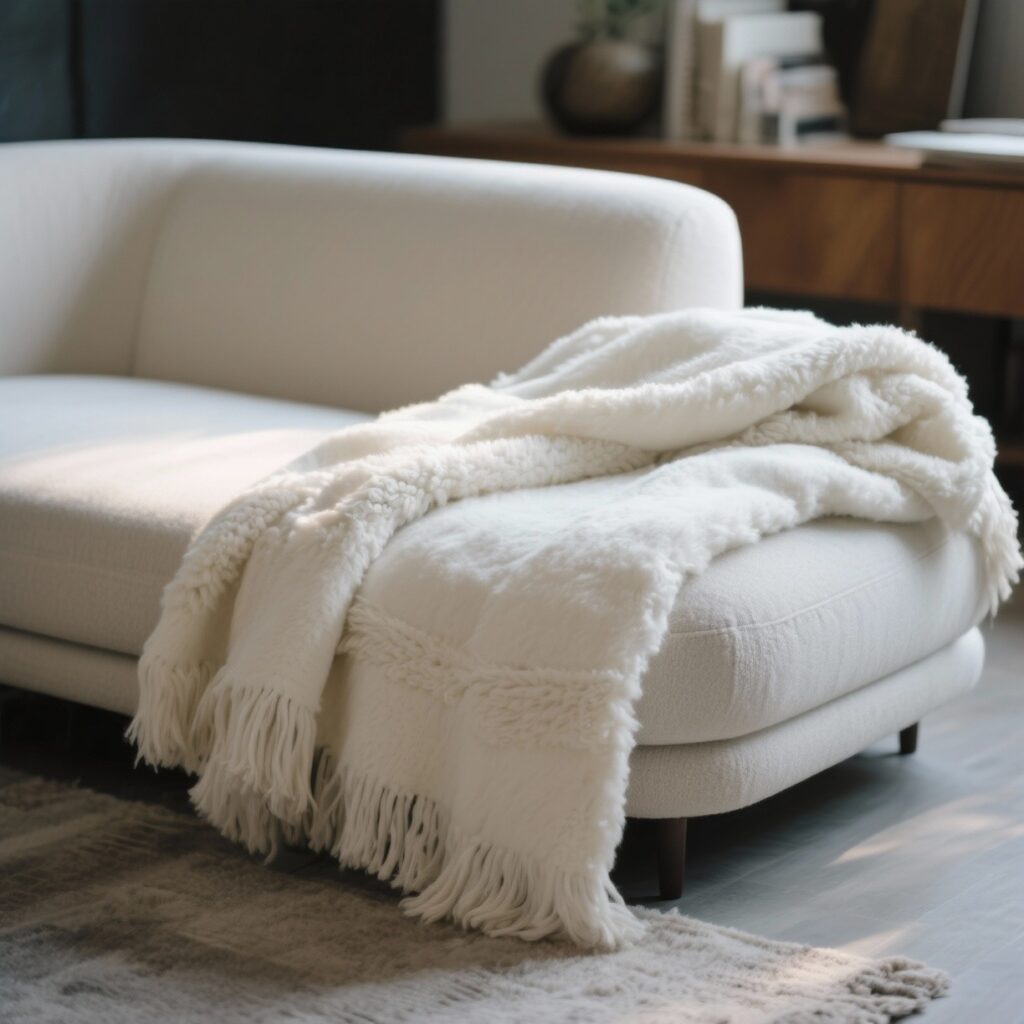
Like fleece, Sherpa also offers warmth that keeps you warm in cold weather. Its fluffy texture makes Sherpa so easy to notice, which is useful to give you a cozy feel.
That’s why you can find sherpa, in jackets, hoodies, blankets, and throws.
Fleece vs. Sherpa: Side-by-Side Comparison
Below are the side-by-side comparisons between fleece and Sherpa, from texture to care and maintenance.
- Warmth
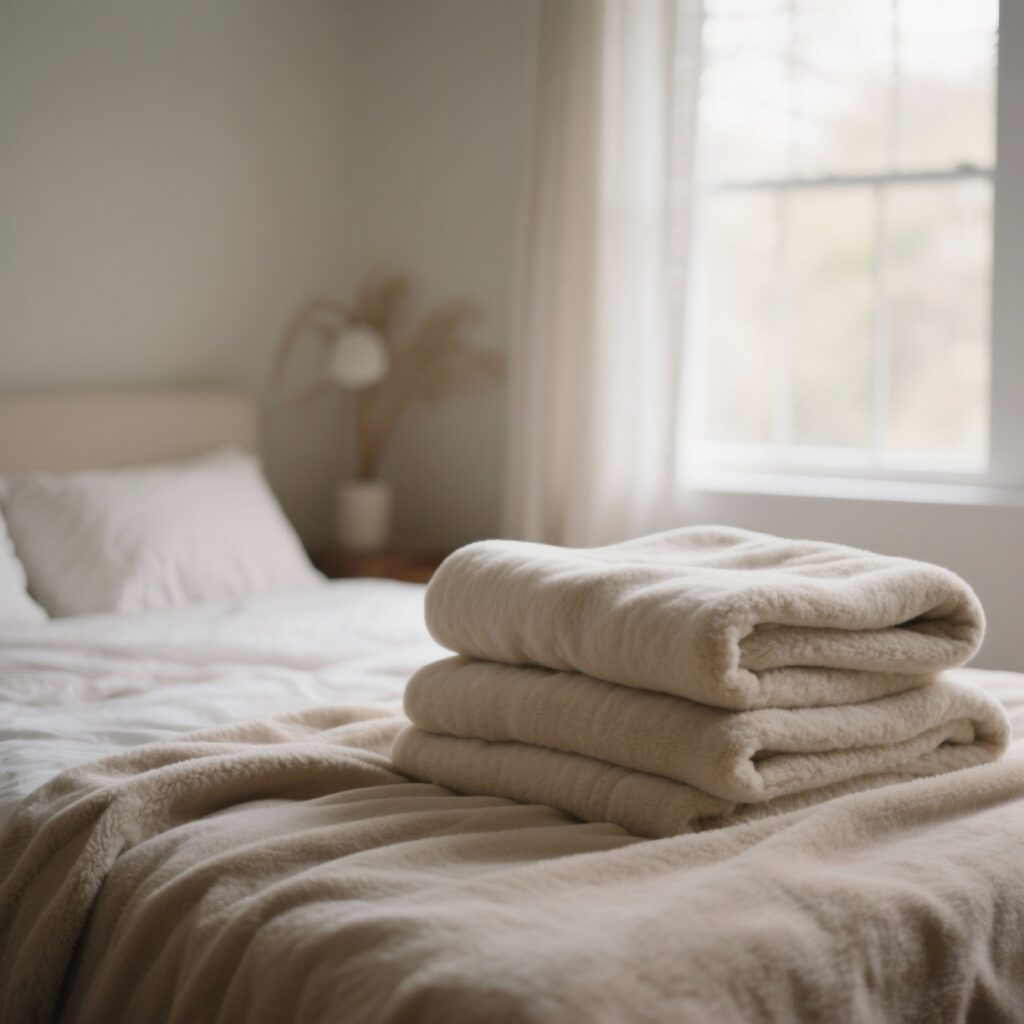
Fleece: Warm and easy to breath
Sherpa: Extra warm
Fleece is warmer than cotton but more breathable than Sherpa, which makes it great for outdoor activities like hiking or jogging, or as a lightweight layer under a jacket.
Sherpa provides maximum warmth, which is why you can wear it when the weather is cold or use it as a blanket in your bedroom to trap body heat thanks to high-pile fibers.
- Breathability
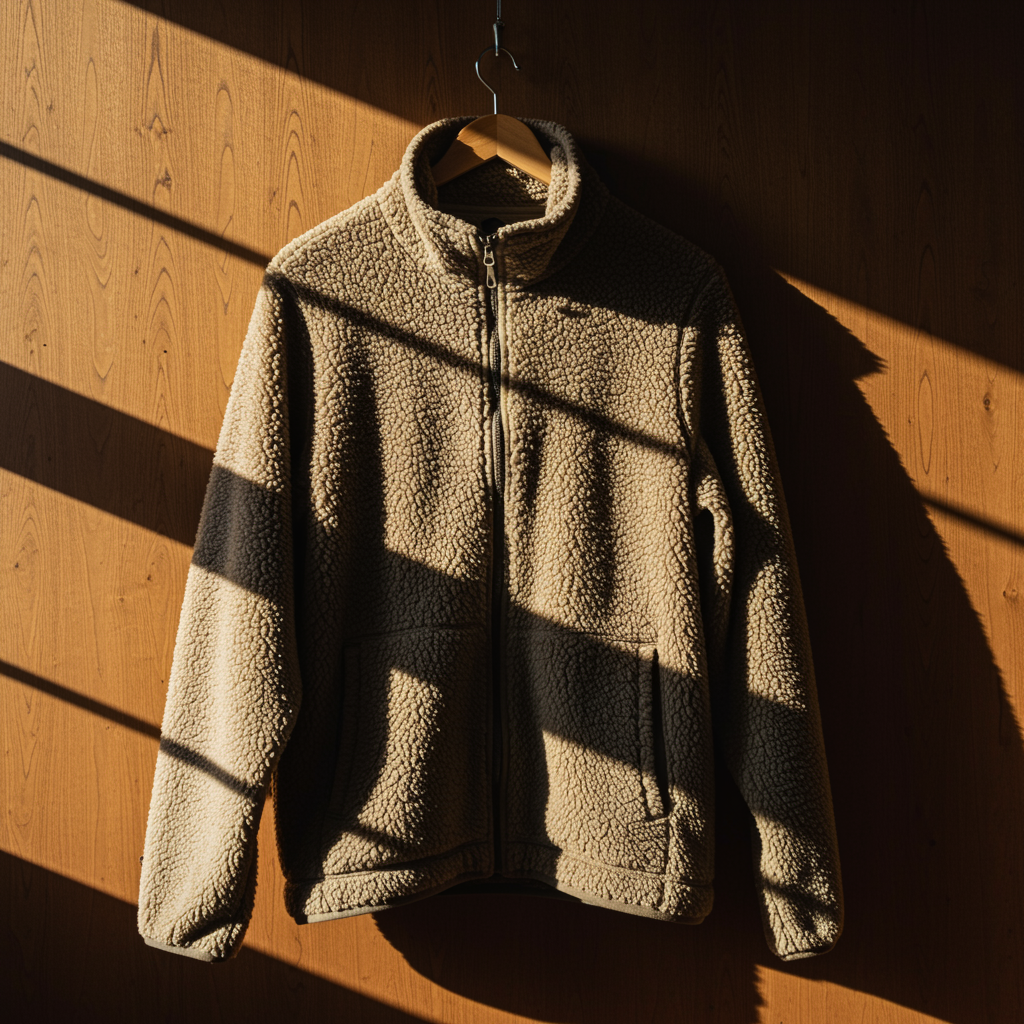
Fleece: High
Sherpa: Moderate to low
Fleece lets heat and moisture escape thanks to its lighter structure and synthetic knit design. Therefore, it’s more breathable, even when you’re active.
Sherpa, however, can feel a little too warm for active wear. It holds in heat so efficiently, which is why it’s commonly used as a lining.
- Care and Maintenance

Fleece: Easy to wash
Sherpa: Requires gentle care
Different material, different maintenance.
You can wash fleece with a machine and dry it quickly without special treatment. It’s that easy to maintain. You can try this simple step to keep the fleece in its best condition. Keep in mind that you’ll never use the fabric softener, since it can reduce the breathability of the fabric.
Sherpa is a different thing. Its texture is fluffy, which is why you need to avoid high temperatures or harsh detergents. You can wash it with a mild detergent on a gentle cycle instead, then air dry to maintain its soft texture. Once it’s dry, lightly brush the fabric to bring back the cozy feel.
- Best Uses for Each Fabric
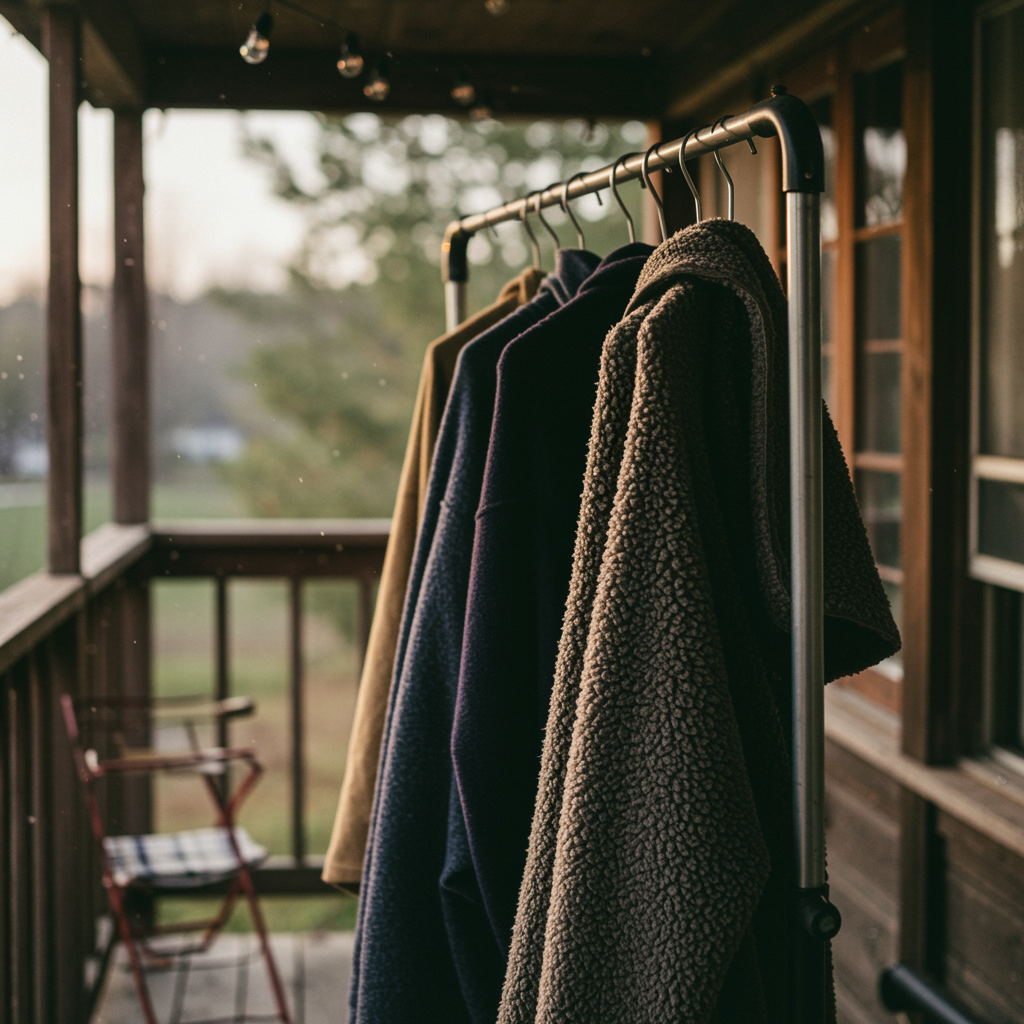
Whether fleece or Sherpa, each material has its own strengths depending on your needs.
Fleece works best for outdoor jackets and vests, athletic wear and base layers, lightweight blankets, and travel accessories, while Sherpa is ideal for blanket throws and bedding, winter hoodies and coats, lined sweatshirts and slippers, home decor accents, and home furniture.
So, wear a Sherpa when you’re home, and a fleece when you’re outdoors.
As design becomes more fluid, many brands now combine both fabrics with various colors. You can wear a jacket made from fleece and sherpa combination, making it durable on the outside and warm on the inside. This pairing gives you both textures working together.
- Eco-Friendliness and Sustainability
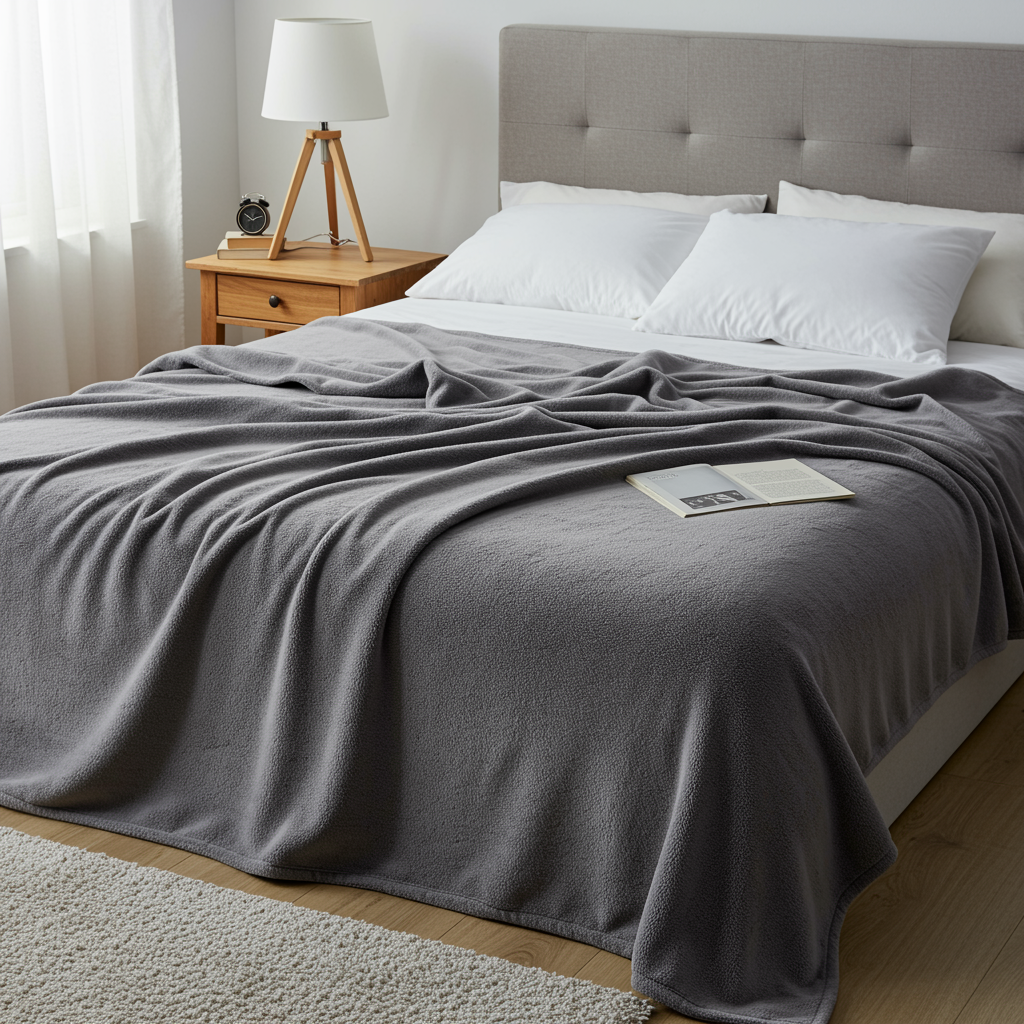
Sustainability is another important factor in how we choose fabrics. As more people are concerned about environmental impact, there are many fleece products made from recycled materials, such as plastic bottles or eco-certified polyester.
Even Sherpa has evolved as well. New eco-Sherpa options use recycled fibers to recreate the feel of real wool without the environmental impact.
Therefore, keep an eye out for labels or tags that mention “recycled content” or an Oeko-Tex certification.
So, Which One Is Better?

Fleece and Sherpa work best once you know what you need.
If you like to do outdoor activities, you can choose fleece. Its lightweight, breathable, and easy-care fabric keeps you comfortable during movement or high-intensity activities.
You can choose Sherpa if you’re in the middle of snow or you like to spend your days lounging at home. Its extra warmth, softness, and a cozy look create a true sense of comfort.
Final Thoughts
Whatever you do and whatever the climate, remember that you can feel coziness in every season. Fleece keeps you moving, Sherpa keeps you cuddled.Visit our collection to experience true coziness and find the best furniture piece only for you.
Frequently Asked Questions (FAQ)
1. Which is softer, fleece or Sherpa?
Sherpa generally feels softer and fluffier because it mimics real wool’s plush texture.
2. Which is warmer, Sherpa or fleece?
Sherpa is warmer than fleece because of its dense fibers that trap heat efficiently.
3. Can fleece and Sherpa be washed in a washing machine?
Absolutely. Both fleece and Sherpa are machine-washable, but Sherpa requires gentler care. Use cold water, mild detergent, and air dry to maintain the fluffy texture.
4. Which is better for blankets, fleece or Sherpa?
You can choose Sherpa. It’s perfect for cozy winter nights.





